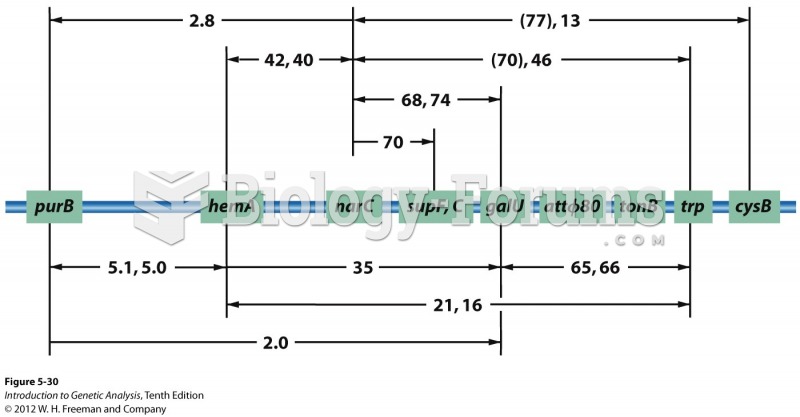|
|
|
Nearly 31 million adults in America have a total cholesterol level that is more than 240 mg per dL.
Amoebae are the simplest type of protozoans, and are characterized by a feeding and dividing trophozoite stage that moves by temporary extensions called pseudopodia or false feet.
Approximately one in four people diagnosed with diabetes will develop foot problems. Of these, about one-third will require lower extremity amputation.
Urine turns bright yellow if larger than normal amounts of certain substances are consumed; one of these substances is asparagus.
Of the estimated 2 million heroin users in the United States, 600,000–800,000 are considered hardcore addicts. Heroin addiction is considered to be one of the hardest addictions to recover from.







